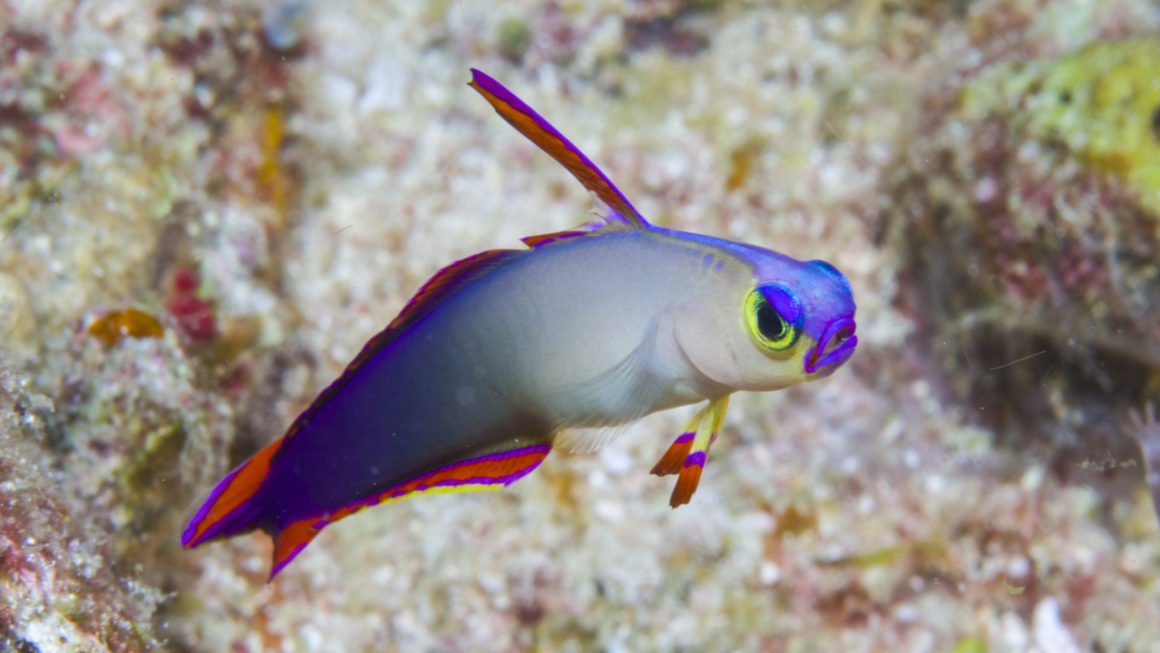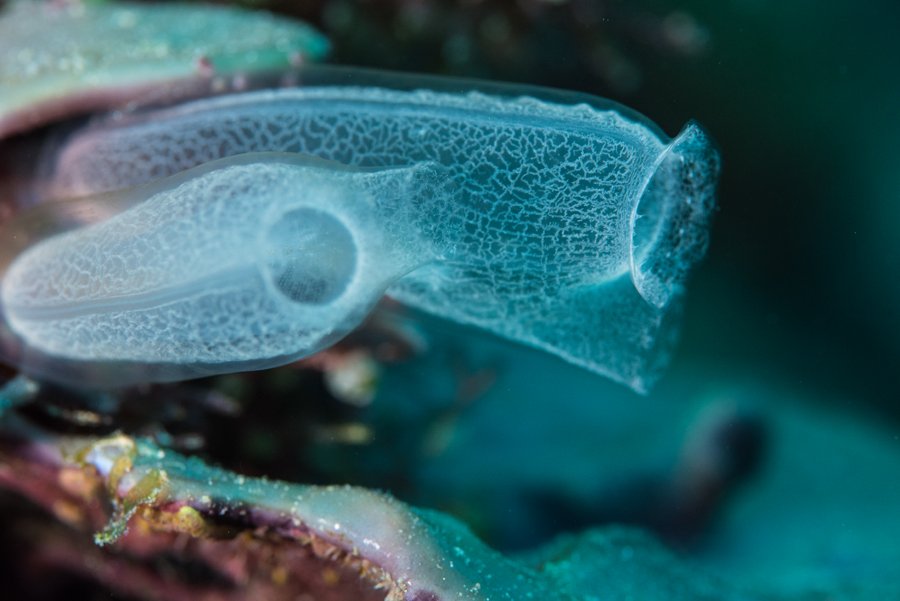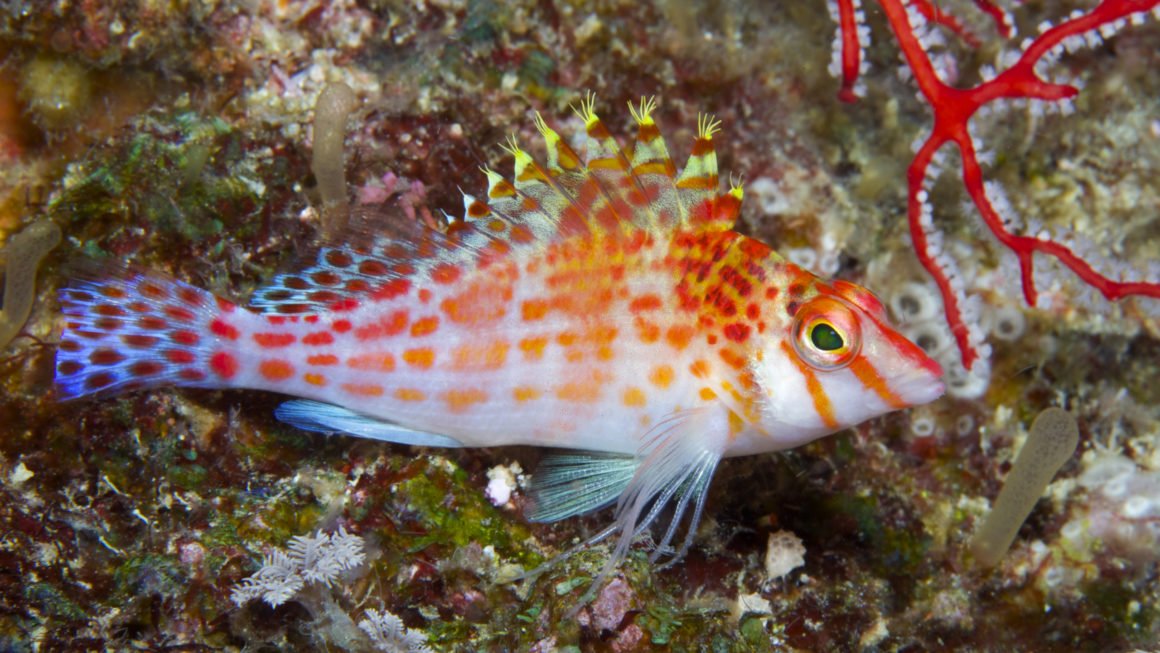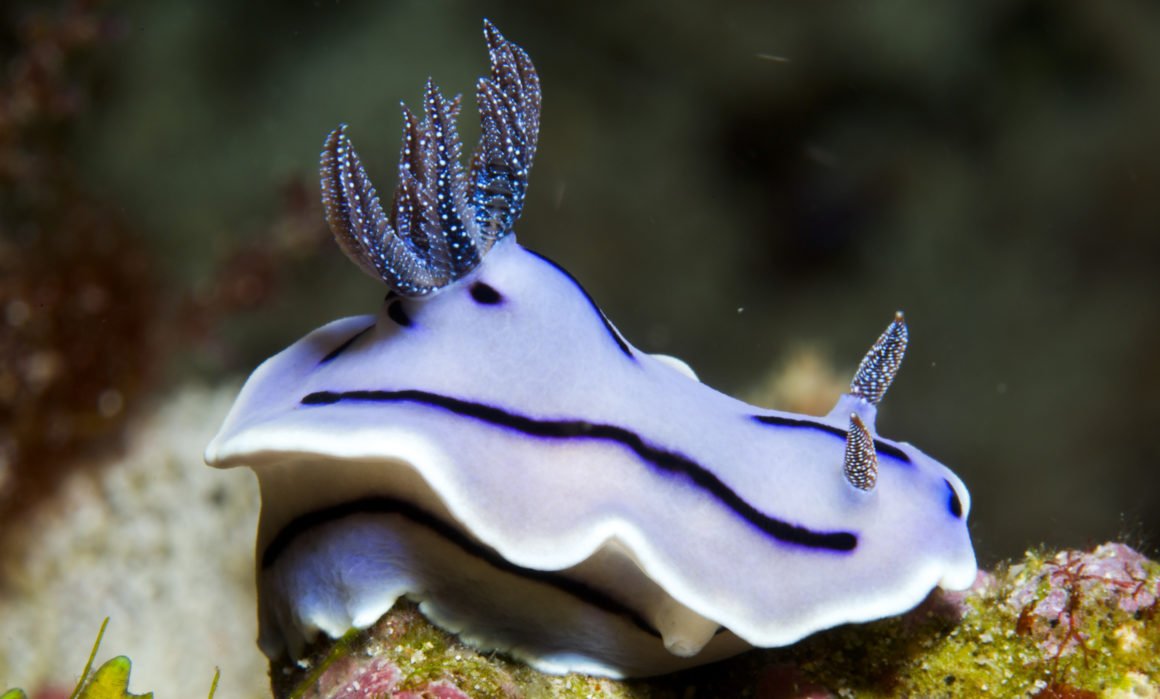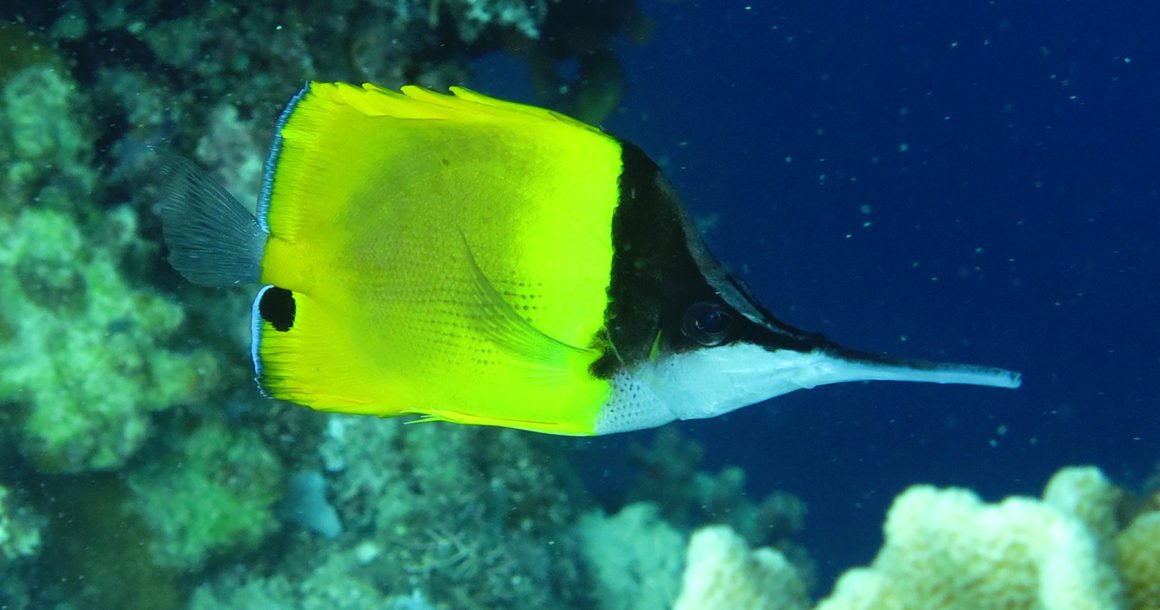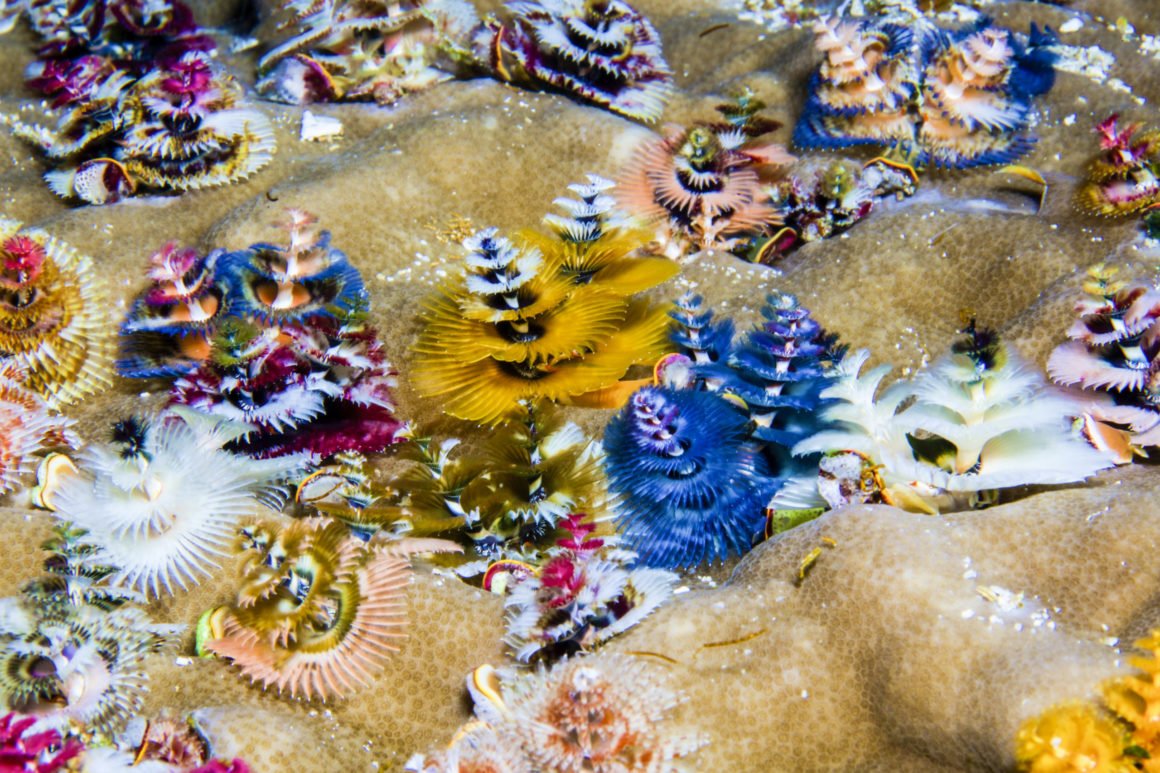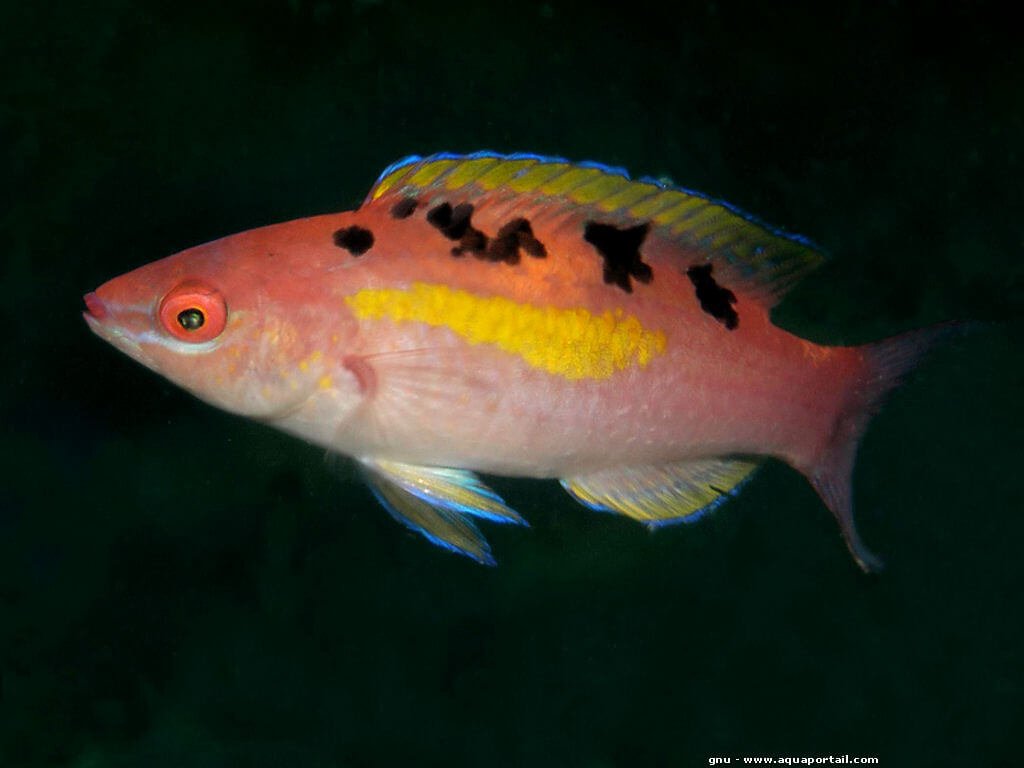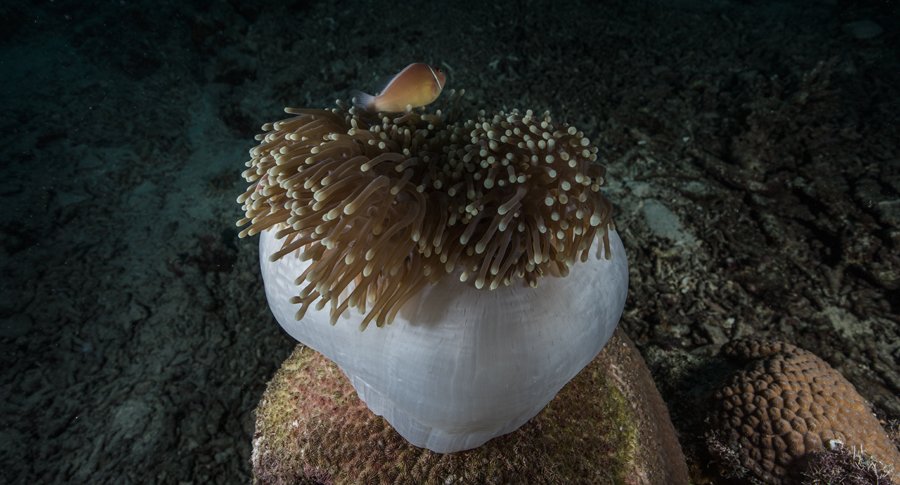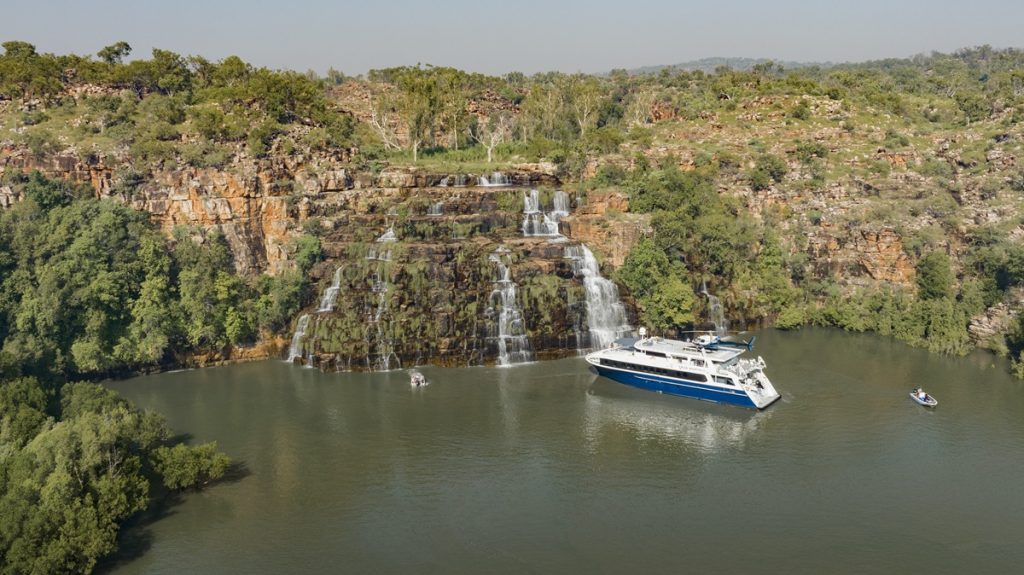Cenderawasih Bay is adjacent to the spectacular islands of Raja Ampat and lies within the epicentre of West Papuan biodiversity.
And after a two year hiatus, ship’s biologist Dr Andy Lewis is excited to be returning to the region.
“For marine biologists, there is nowhere in the world more exciting at the moment than Cenderawasih Bay. I was blown away by what I encountered two years ago and, I have been dreaming of West Papuan reefs and the Cenderawasih whale sharks ever since”
Several million years ago a freakish geological event all but landlocked the waters at the back of the Bird’s Head Peninsula in West Papua. This created a disconnection from typical sea movements and thus over millions of years, coral and fish species have taken their own evolutionary path, developing traits and variations dissimilar to their relative species.
Marine biologists are only recently discovering the staggering quality of the coral reefs and the quantity of new and endemic species in Cenderawasih Bay. So far, 35 endemic fish species, at least 10 endemic coral species and even 8 endemic mantis shrimp have been recorded – and studies are ongoing!
During our upcoming visits to Cenderawasih, Dr Lewis will treat guests on the TRUE NORTH with fascinating presentations on the formation of Cenderawasih Bay and, introduce species found nowhere else in the world. Plus his popular daily video and image diary. And of course, whilst in the field, Andy is always keen to lead the snorkelling parties and to assist the other guides with identifying different species and points of interest. All this in addition to the Conservation International biologists who will be on-board as part of the whale shark tagging program.
Why not discover for yourself why Cenderawasih Bay is distinctively different to anywhere else in the world!
